Medical applications of exosomes
Exosome therapy is gaining popularity in regenerative medicine. So what exactly are exosomes? Exosomes are particles that are released but cannot be replicated. They are intrical in how cells talk to each other. One cell will have a bunch of vesicles that leave and head to another cell to deliver a “message.” These vesicles contain information in the form of chemicals, cytokines to particles of messenger RNA.
Where are Exosomes found?
Exosomes are produced from stem cells and can be found in a variety of tissues.
How are they different from Stem Cells?
Exosomes are contained in stem cells. They are messenger cells that travel to communicate with other cells to produce the needed proteins to repair damaged areas. The use of exosomes does not require donor cells to be injected in the body. Exosomes can be extracted from mesenchymal stem cells (MSCs), sterilized and then injected into the body.
Stem cell therapy injects donor cells into a specific location. These stem cells grow and divide to repair the injured area and create healthier cells overtime. Exosomes are extracted from mesenchymal stem cells and like stem cells are injected into the injured area. Exosomes get to work at communicating with the patient’s own cells and enhance communication among the cells to generate the necessary and needed cells for healing.
What Exactly is Exosome Therapy ?
Exosome products are generally used for orthopedic injuries. Much like stem cell therapy, the exosomes would be injected into the injured site. This is generally an outpatient therapy that is relatively painless.
What does Exosome Therapy Treat? (Medical applications)
Exosome therapy is used for a variety of musculoskeletal injuries, chronic pain, degenerative diseases and genetic disorders. Aging and injuries suppress your cells ability to communicate with each other. The whole purpose of exosomes is to promote communication between cells to repair damaged tissues.
Exosomes are also used to help repair the skin from effects of aging. Overtime, the dermal layer of the skin is damaged because of fragmentation in the collagen, resulting in the signs of aging and hindering the ability to heal wounds. Exosomes have been found to help the body ramp up its collagen production. Exosomes also help inhibit inflammatory cytokines. This means exosomes can help with Atopic Dermatitis, a common skin disorder.
Exosomes can also help with lyme disease. Lyme disease is a very complex disease that compromises the immune system. This can lead to the disruption of cellular health and function. Oftentimes, lyme disease patients experience difficulty with inflammation which exosomes are also known to treat.
Are Exosomes Safer than Stem Cells
While both therapies have a low risk of complications, exosome therapy does not involve a surgical procedure for harvesting cells. Stem cells’ primary job is to grow and divide new and healthy cells from the donor cells. At times these cells may rapidly multiply resulting in a tumor. Exosomes do not multiply, rather they are responsible for improving the communication among cells.
It is important to consult with specialists in the area over which therapy may be right for you. Check if you are a candidate and which therapy is the best for you to take


